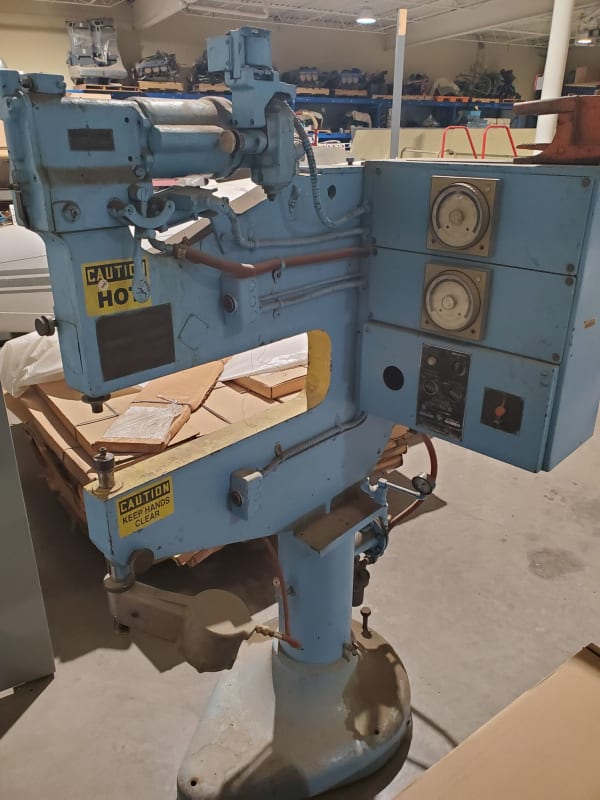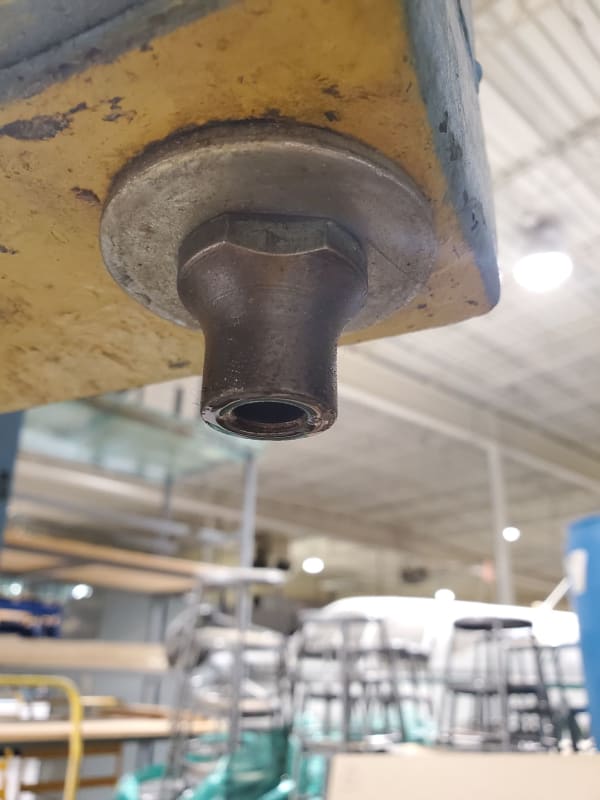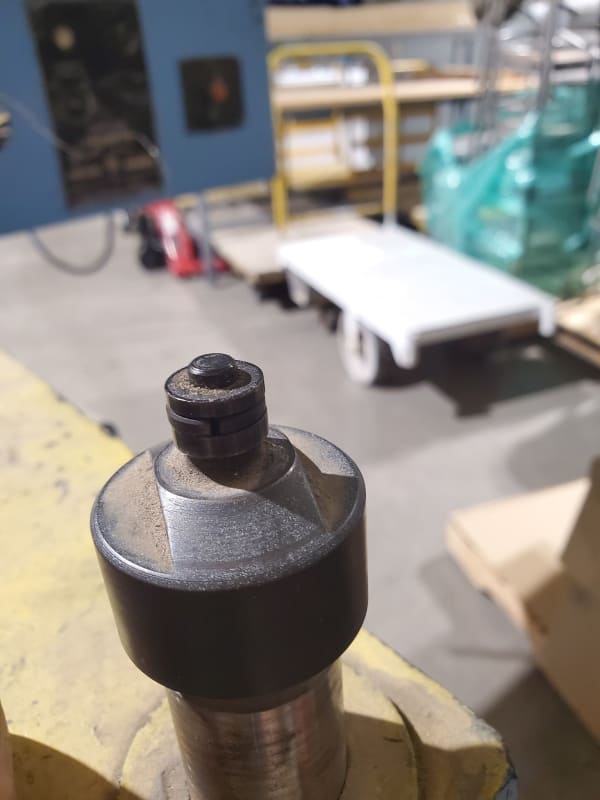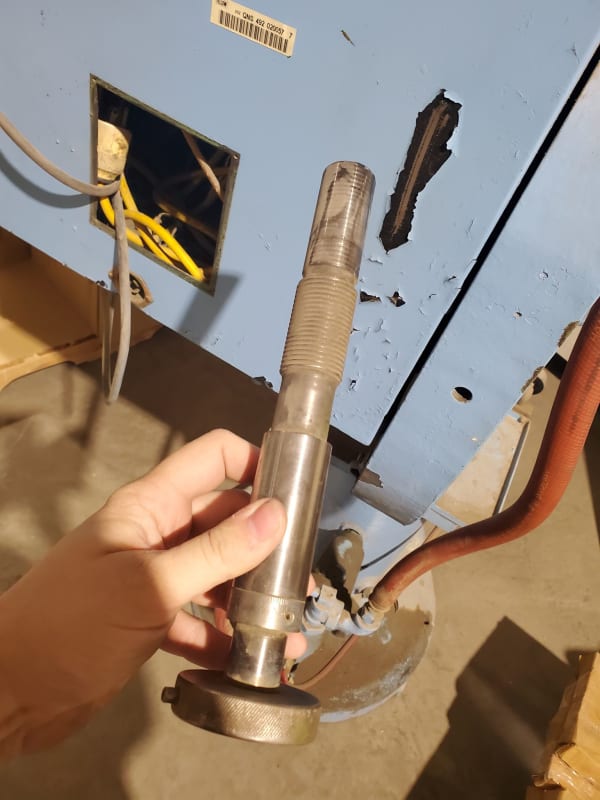Just saying...
I would be astonished if You could find magnesium alloy sheet that would require hot dimple. It is scarce due to low demand and poor corrosion durability... even properly finished.
Likewise, dimpling of all thin sheet/sub layers [any alloy] after pilot drilling is terribly tedious/high attention work. When I worked at Fairchild Swearingen, many aft/forward fuselage skins and stiffeners were hand match-drilled and then tediously separated and then dimpled one layer at a time [for double dimples]... then re-assembled, final-drilled and then double-dimple flush riveted with aluminum solid rivets.
The 'nominal' cost-effective design procedures 'now' are to design for high strength thick[er] sheet that has a slight weight increase... or have milled/chem-milled pockets for weight reduction... and then fastening is ONLY along the thick lands by drilling/countersinking-for, an then installing, reduced head-height flush head fasteners [100-deg or 120-deg angles].
Another trick for 'low drag and thin skins' is to install very low head-height Cherry 'Unisink' [IE NAS9306 'flange-dome heads'] blind rivets. The rivet needs just a tiny/shallow Csk and most of the shallow protruding head rides above flush.
Regards, Wil Taylor
o Trust - But Verify!
o We believe to be true what we prefer to be true. [Unknown]
o For those who believe, no proof is required; for those who cannot believe, no proof is possible. [variation,Stuart Chase]
o Unfortunately, in science what You 'believe' is irrelevant. ["Orion", Homebuiltairplanes.com forum]




